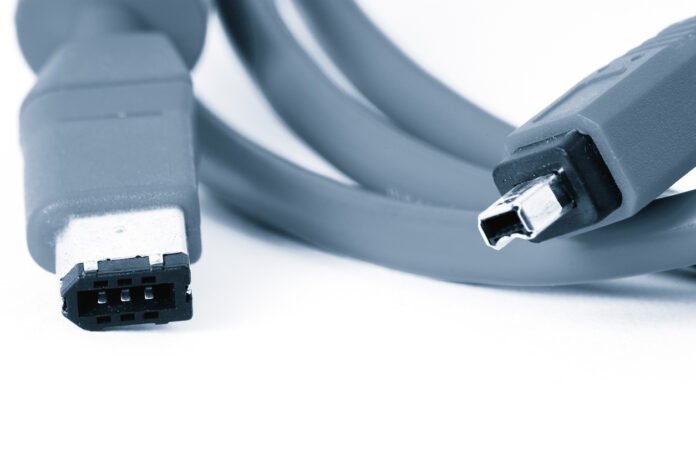Machine vision includes a set of cameras arranged for an automatic inspection of the objects present in industries or organizations. It is employed to extract the data for controlling mishandling or misfunctioned manufacturing. Machine vision is generally used for automated quality and sorting assurance in the industries and automated guidance.
Machine vision cables in the cameras aid the process of inspection and analysis by decreasing the labor of repeated human inspection. It, thus, also aids in saving money by facilitating the manufacturers. Let’s get into the details of what cables consumers can use in machine vision cameras.
Machine vision cameras
Table of Contents
Machine vision cameras are designed for various purposes. These can be either set in a direction to inspect a place, size, color, and shape or to detect the object’s presence. These are also employed to read barcodes or printed scans.
It is a rapid, continuous, and objective operational tool that has been designed to inspect a multitude of parts in a minute. Above all, the results are more reliable, qualitative, detailed, and free of possible human errors as calls for an automated system. Although these cameras also view the same as the human eye, extraction of data of multiple products simultaneously can be difficult humanly.
How do machine vision cameras work?
Machine vision cameras have only two sensors on and off or simply the emission of light. The camera emits a beam of light by detecting the object and goes otherwise if it is absent. In the absence of an object, the light doesn’t reflect the receiver in the camera that is linked with 24 volts electric signal. This signal gets on and off with the presence and absence of the object, respectively.
Once the camera captures an image after inspecting, it generates a signal to identify the following functions. These operations can either be marked as rejecting the data or forwarding it for more inspection processes on an assembly line. In short, machine vision cameras can efficiently inspect a lot more about the given object than merely its presence.
Cables used with machine vision cameras
However, the major problem with machine vision cameras arises with the choice of cables employed in the cameras. Generally, people use cables that are of poor quality and not compatible with the high-speed voltage or transmission at long distances.
Machine vision cables are different from the usual ones in tackling speeds and providing reliable electrical transmission at the full range. The machine vision cables have specific specifications as they have a screw lock to prevent disconnection with the industrial connectors at any phase.
These are composed of heavy-duty, molded, and hardcore shells made up of aluminum and support long gauge wires for easy and continuous transmission. These are flexible and can easily be bent, twisted, and molded.
Cameras in the industrial areas and for USB3 bandwidth should have machine vision cables designed for industrial purposes even if doesn’t support high-speed signals to ensure profitability in all situations.
However, for short-distance transmission like in laboratories or in small organizations, the consumers can go for high-quality machine vision cables that are similar to industrial ables but are less expensive. Inexpensive and expensive ethernet cables also differ in use. An inexpensive cable from mail-order will be effective for assuring good quality.
Read: Elements Of Mbc 2030 Live
Conclusion:
There are different Machine vision cables designed for varying purposes. So, selecting the equipped and compatible ones is important. Shine industry connector is one of the main machine vision line manufacturers in China, they provide various industrial connectors.
Industrial cables are incorporated for industrial use, and qualitative but inexpensive ethernet cables are for electrical signal transmission at lower distances. It is significant for ensuring the effective working of the machine vision cameras in the industrial and production sectors.


